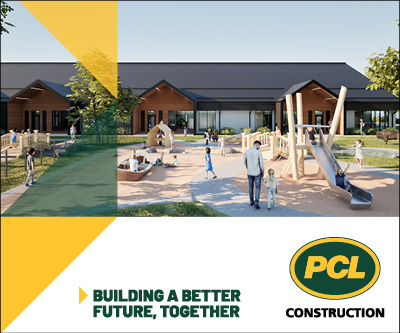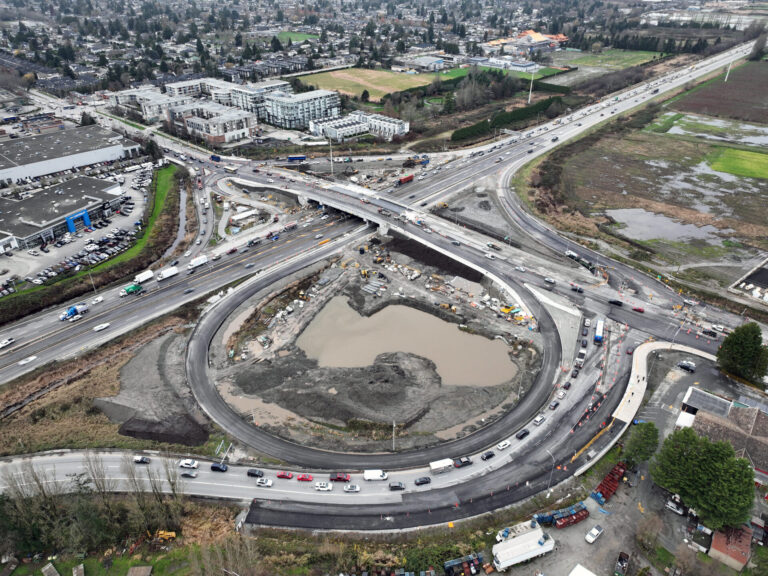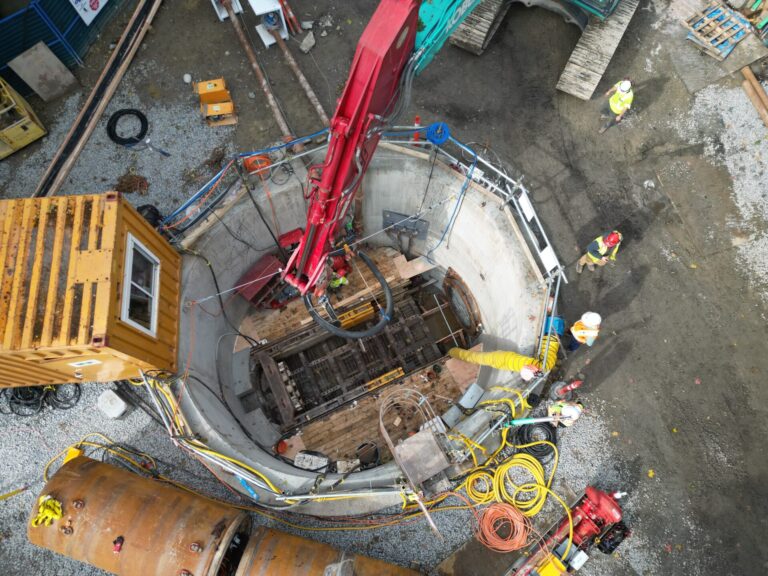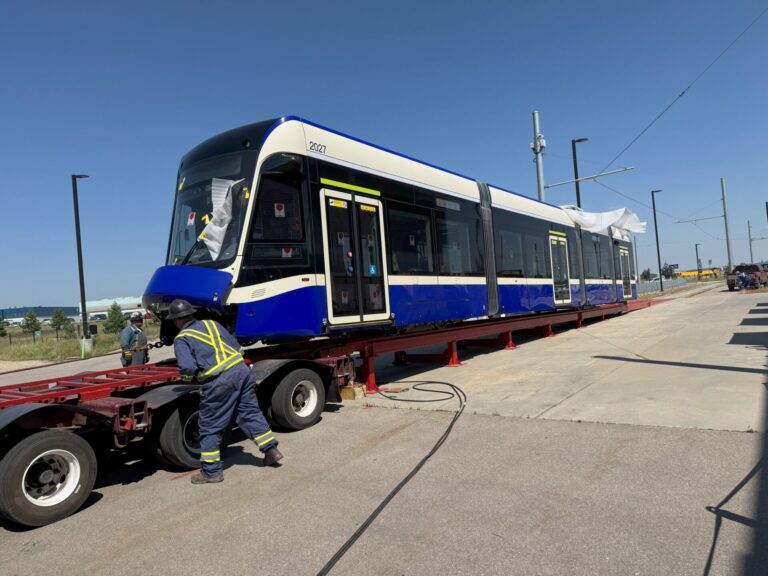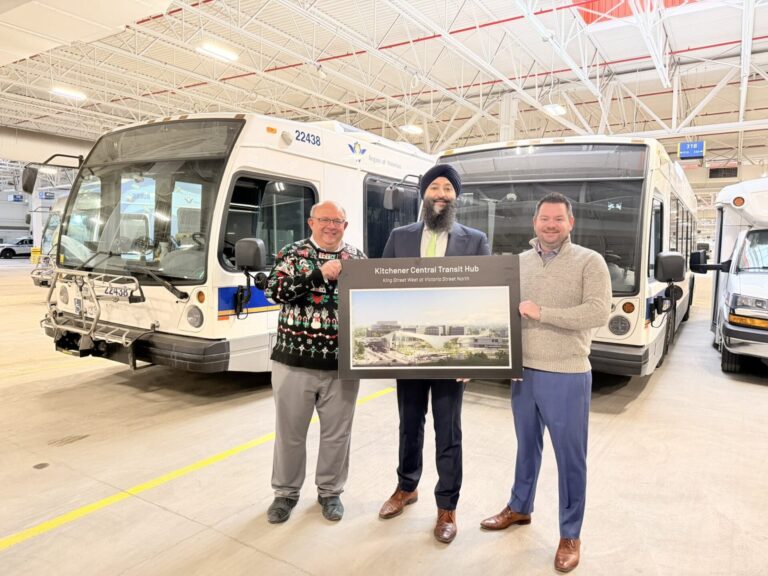With supply chain instability and rising project costs threatening timelines and straining stakeholder alignment, recent findings from Info-Tech Research Group emphasize the urgency for construction leaders to adopt proactive measures. A newly published resource from the global IT research and advisory firm, titled Build Resilience: Strengthening Construction Amid Policy Shifts, details a framework to inform organizations on how to best mitigate risks and strengthen operational continuity during economic uncertainty.
The research insights in Info-Tech’s blueprint identify four critical challenges shaping the sector today: an unpredictable economic policy environment, persistent supply chain disruptions, rising material costs and labor shortages, and an increase in contract disputes. Left unaddressed, the firm advises these issues can derail projects and expose organizations to severe financial and reputational risk.
“Waiting is not a strategy, especially in construction, where the costs of delay can compound rapidly,” says Michael Adams, research analyst at Info-Tech Research Group. “Industry IT Leaders need to take early, decisive action to mitigate risk, reduce uncertainty, and preserve project momentum. That means knowing where exposures exist, mobilizing resources ahead of disruption, and keeping stakeholders informed at every step.”
As IT leaders in the construction sector navigate economic turbulence and shifting project conditions, the need for a structured and proactive response has never been greater. Info-Tech’s Build Resilience: Strengthening Construction Amid Policy Shifts blueprint introduces a step-by-step strategy that prioritizes risk readiness, resource alignment, and operational continuity.
To help the industry respond with clarity and urgency, the firm advises the following four-step approach to building organizational resilience, found in the recently published blueprint:
- Assess the Risk Impact on the Organization: IT and operations leaders need to build an up-to-date, integrated risk register, analyze organizational exposure, and develop a risk event action plan to minimize potential disruption.
- Determine the Resources Needed to Succeed: Construction and IT teams must review workforce deployment, benchmark current IT spending, and evaluate vendor agreements to ensure resource alignment and readiness.
- Build a Critical Response Plan: IT leaders should proactively plan for workforce continuity, implement knowledge transfer practices, and develop a cost optimization roadmap to prepare for evolving conditions.
- Execute With Confidence: Business and IT decision-makers must act quickly to execute continuity plans, support teams with clear communication, and renegotiate vendor agreements to protect project outcomes.
Image: A newly published resource from the global IT research and advisory firm, titled Build Resilience: Strengthening Construction Amid Policy Shifts, details a clear and actionable framework to inform organizations on how to best mitigate risks and strengthen operational continuity during economic uncertainty. (CNW Group/Info-Tech Research Group)



